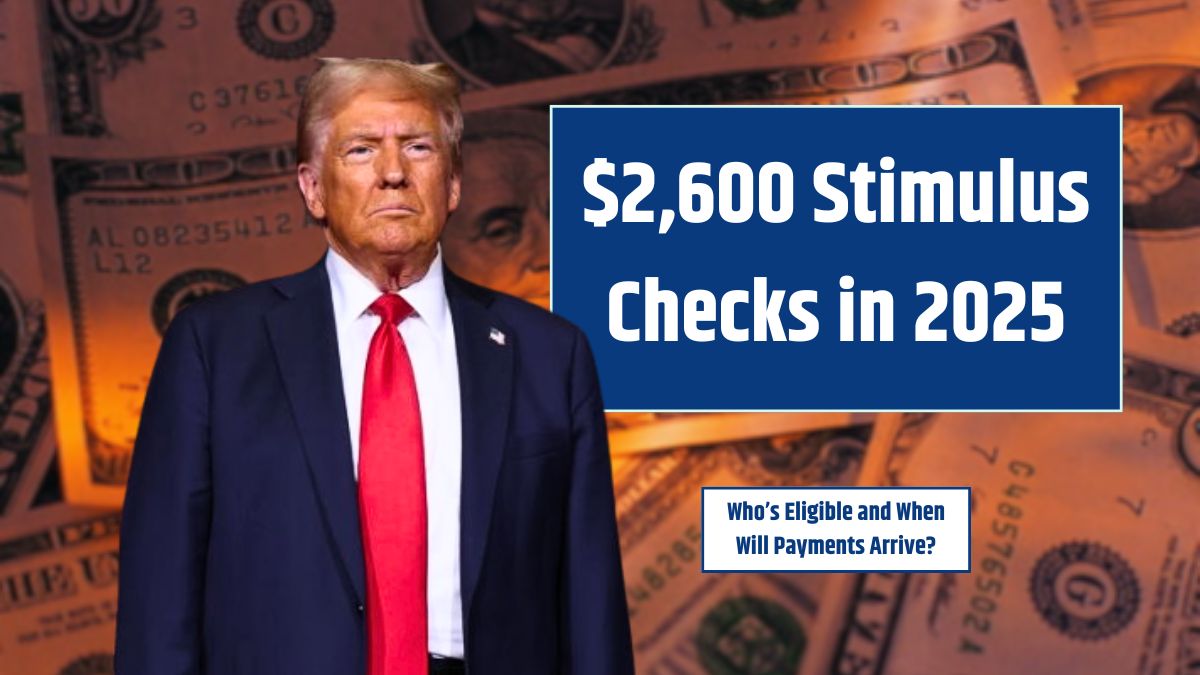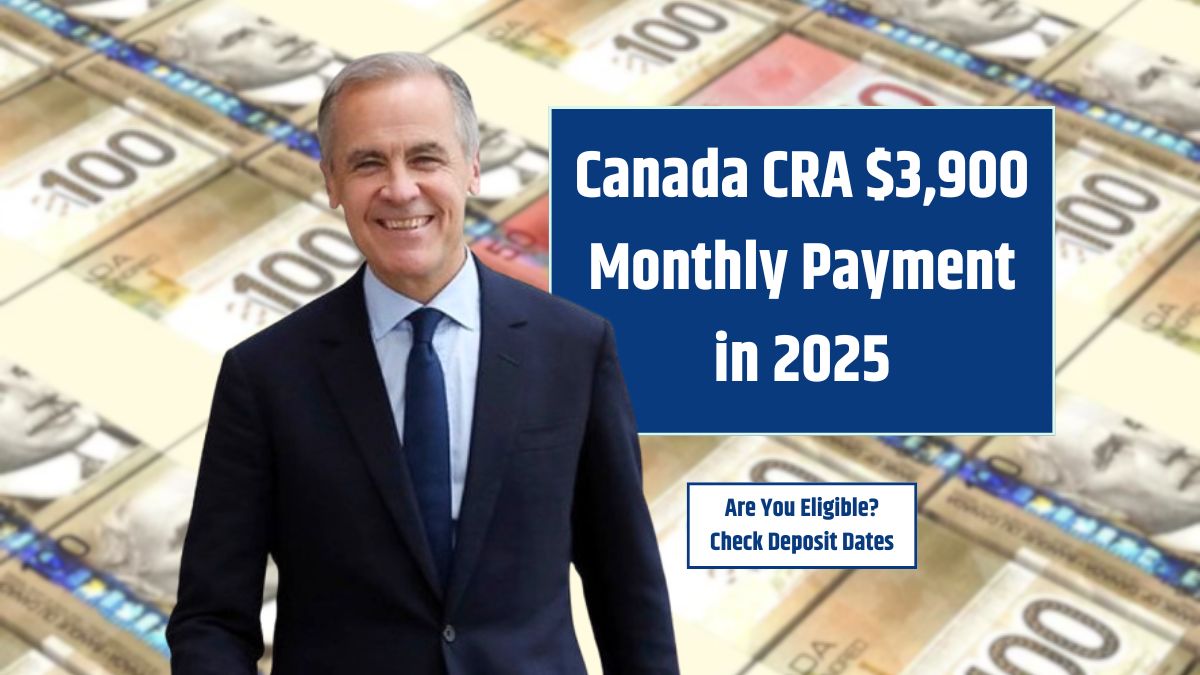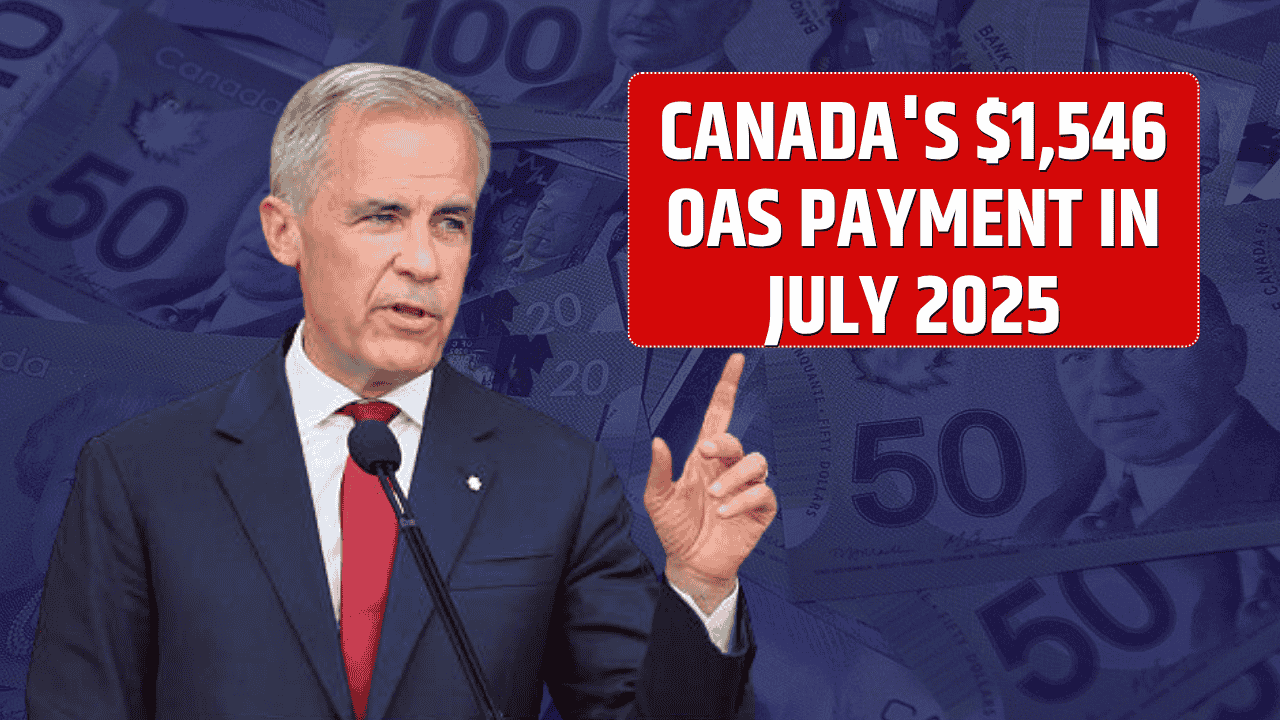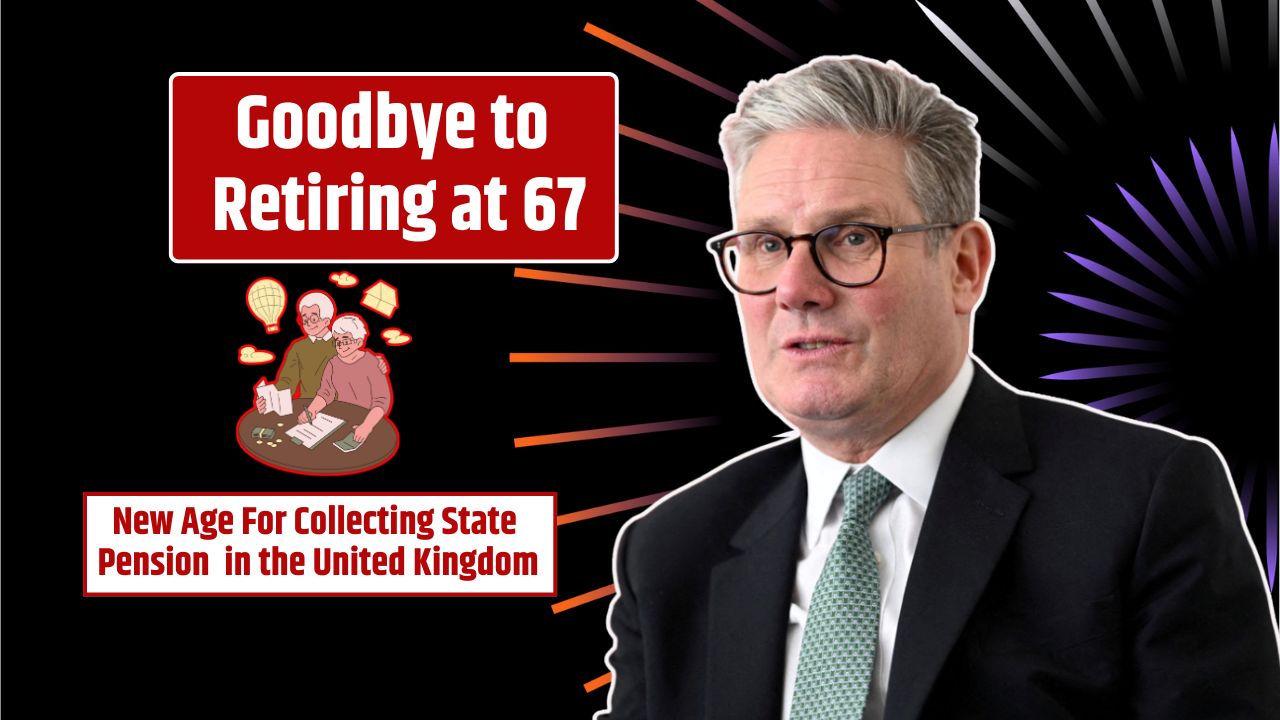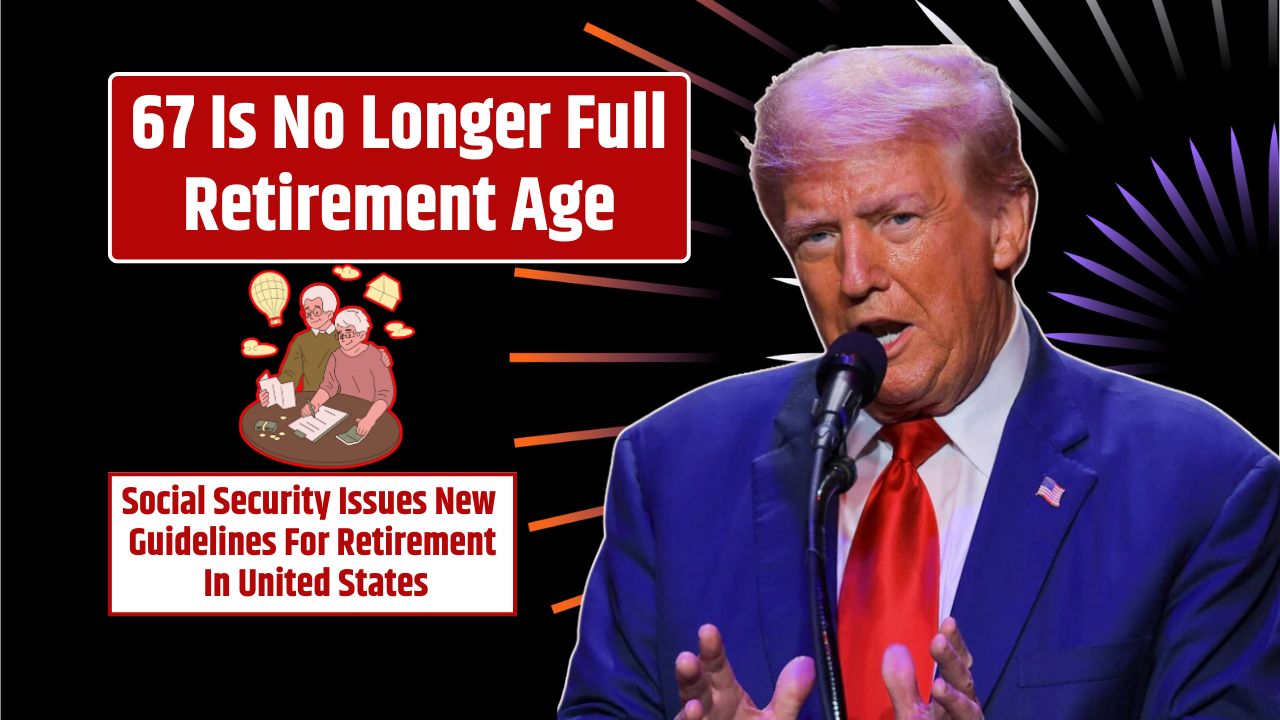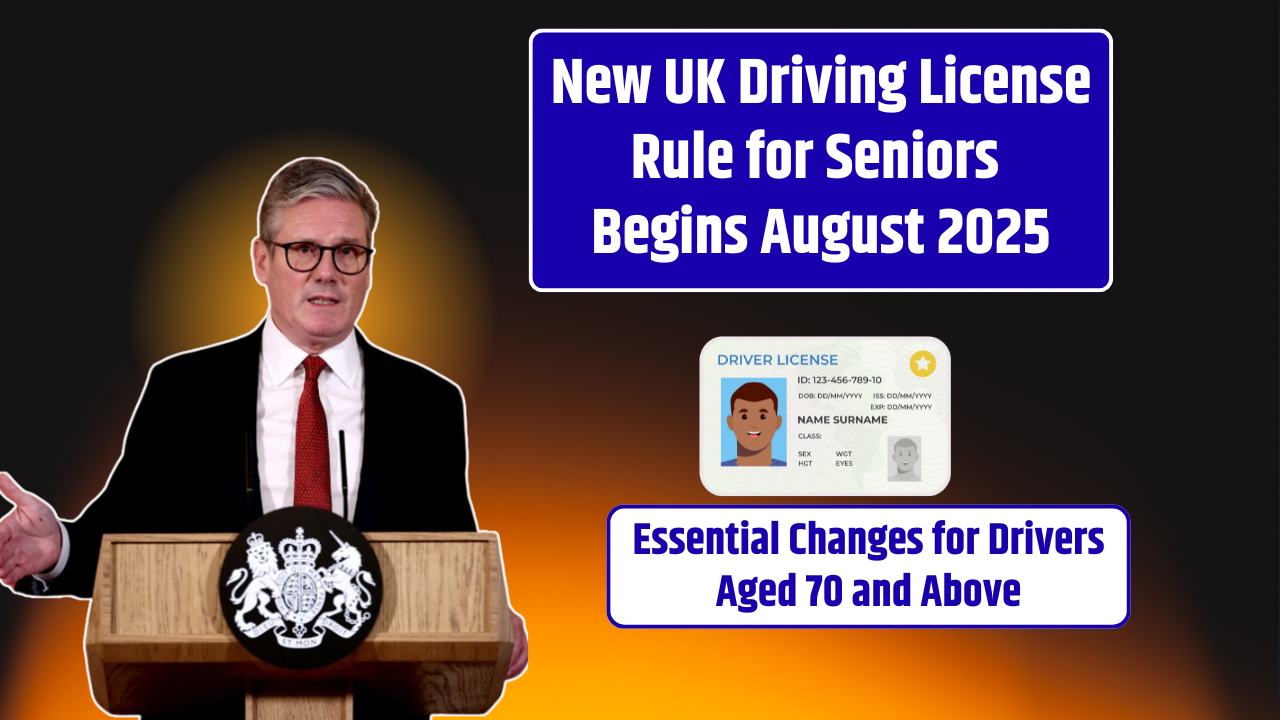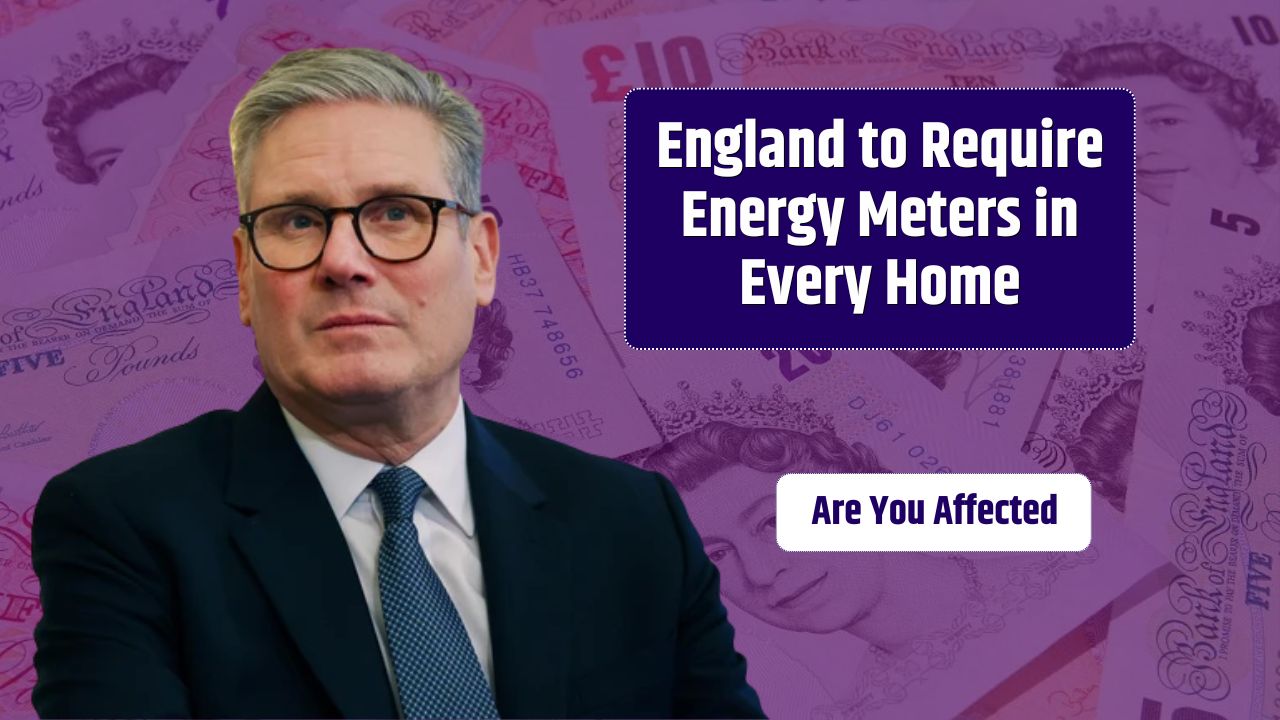With talk swirling around a possible $2,600 stimulus check in 2025, many Americans are eager to know the facts. Will it happen? Who will qualify? How can you prepare? While no official green light has been given by the U.S. government or the IRS, it’s important to understand the latest updates and what you can do in the meantime.
In this guide, we’ll break down the current situation, potential eligibility, payment methods, and what steps to take if a new round of relief is approved.
Table of Contents
Overview
| Topic | Details |
|---|---|
| Stimulus Amount | $2,600 (not confirmed) |
| Potential Eligibility | Based on income, dependents, benefits, and tax filing |
| Payment Method | Direct deposit, paper check, or debit card |
| Timeline | To be determined—no official launch date |
| IRS Website | www.irs.gov |
What We Know So Far
As of now, there is no approved $2,600 stimulus check. However, lawmakers and policy groups continue to discuss potential economic relief, especially if financial conditions worsen.
The idea of a new stimulus check usually comes up during periods of slowed economic growth, high inflation, or rising unemployment. Past stimulus rounds helped stabilize families during COVID-19, so it’s natural people are wondering whether a similar effort might return.
If a stimulus is approved, it will likely go through Congress as part of a larger relief package.
Who Might Qualify?
While the $2,600 figure is not official, it’s likely that a future stimulus would follow patterns from past relief checks. Here’s who might qualify:
1. Income-Based Eligibility
Eligibility could be based on adjusted gross income (AGI). Historically:
- Individuals earning less than $75,000/year received the full payment.
- Married couples earning under $150,000/year also qualified in full.
- Partial payments were given to those slightly above the limit.
- No payments were issued above $99,000 (single) or $198,000 (married).
2. Tax Filers
If you filed a federal tax return in the last one or two years, the IRS would likely use that info to determine eligibility.
If you don’t typically file taxes but receive government benefits (like SSI or SSDI), you might still qualify. In previous rounds, those people received their payments automatically or after filing a simple return.
3. Dependents
Past stimulus payments included extra funds for dependent children and adults. A similar system may apply again, increasing your total payment if you have kids or disabled adult dependents.
4. Government Benefit Recipients
If you receive Social Security, SSDI, SSI, or VA benefits, you were eligible in past relief packages—and likely would be again. These groups often receive payments automatically via direct deposit.
How Would You Get Paid?
If a 2025 stimulus check is approved, the IRS will issue payments through several methods:
- Direct Deposit: Fastest and preferred method if the IRS has your bank info.
- Paper Check: Mailed to the address on your last tax return.
- Prepaid Debit Card: A reloadable card sent to some non-filers or those without bank accounts.
Make sure your information is current with the IRS to avoid delays.
When Would You Get It?
Without an approved package, there’s no set date yet. But if the government moves forward with new stimulus legislation, here’s the usual timeline:
- Congress passes the bill authorizing payments.
- IRS sets a rollout plan, usually within 2–3 weeks.
- Direct deposits are issued first, followed by checks and debit cards.
- Most payments are delivered within 1–3 months of the law being signed.
Stimulus Payment (When Live)
If a new stimulus is announced, the IRS will likely reactivate the “Get My Payment” portal. Here’s how to use it:
- Go to www.irs.gov
- Click “Get My Payment”
- Enter your SSN, date of birth, and mailing address
- View your status, payment method, and delivery date
This tool helps track delays, confirm payment types, and update info if needed.
What You Should Do Now
While we wait for official confirmation, here’s how you can be ready:
- File your 2024 taxes on time to make sure your information is current.
- Set up direct deposit with the IRS to get paid faster.
- Monitor IRS and .gov sources for real news—not social media speculation.
- Avoid scams—no one will ask you to pay a fee or give your SSN to “reserve” your stimulus.
At this stage, the $2,600 stimulus check is just a possibility—not a guarantee. But economic relief remains a hot topic in Washington. If approved, it could provide serious financial help to millions of Americans. Stay informed, keep your tax records updated, and watch for credible updates from the IRS or Congress.
FAQs
Is the $2,600 stimulus confirmed?
No, it’s still being discussed and not yet official.
Who might qualify for the $2,600 check?
Eligibility may depend on income, taxes, and dependents.
When would I get the payment?
If passed, payments could begin within 2–3 weeks of approval.
How will the payment be delivered?
Via direct deposit, paper check, or prepaid debit card.
How can I track my stimulus check?
Use the IRS ‘Get My Payment’ tool at irs.gov if it goes live.

